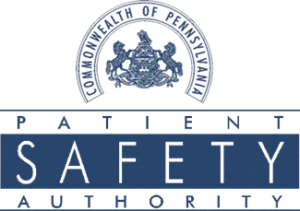MACPAC Submits Annual Report to Congress
The non-partisan agency that advises Congress on Medicaid and Children’s Health Insurance Program issues has submitted its annual report to Congress.
In that report, the Medicaid and CHIP Payment and Access Commission offers an overview of historical federal spending on Medicaid, noting that Medicaid spending per beneficiary is growing slower than health care spending covered by Medicare and private insurance.
The MACPAC report also examines different approaches to Medicaid financing, including block grants, capped allotments, per capita limits, and more, reviewing the impact changes in Medicaid financing could have on care, state financing, providers, and state decision-making authority.
 In addition, MACPAC looks at the more than 100 different tools used at the state level to assess the functional capabilities of individuals who may be eligible for Medicaid-funded long-term services and supports.
In addition, MACPAC looks at the more than 100 different tools used at the state level to assess the functional capabilities of individuals who may be eligible for Medicaid-funded long-term services and supports.
For a closer look at what MACPAC had to say about these and other Medicaid- and CHIP-related issues, go here for a news release accompanying its annual report and a link to that report.
 In SNAP’s view, maintaining vital Medicaid funding is critical to ensuring that hospitals in general, and safety-net hospitals in particular, can deliver quality health care services to the state’s growing Medicaid population while also investing in innovative ways to improve the quality and efficiency of health care for all Pennsylvanians.
In SNAP’s view, maintaining vital Medicaid funding is critical to ensuring that hospitals in general, and safety-net hospitals in particular, can deliver quality health care services to the state’s growing Medicaid population while also investing in innovative ways to improve the quality and efficiency of health care for all Pennsylvanians. Current guidelines are evolving both in the state and nationally, with medical authorities and federal regulators weighing in with their views. Recently, an advisory committee to the Pennsylvania Department of Human Services offered its own recommendations for criteria for prescribing the most expensive drugs.
Current guidelines are evolving both in the state and nationally, with medical authorities and federal regulators weighing in with their views. Recently, an advisory committee to the Pennsylvania Department of Human Services offered its own recommendations for criteria for prescribing the most expensive drugs. Other highlights:
Other highlights:


 The Pennsylvania Patient Safety Authority has issued its 2015 annual report.
The Pennsylvania Patient Safety Authority has issued its 2015 annual report.